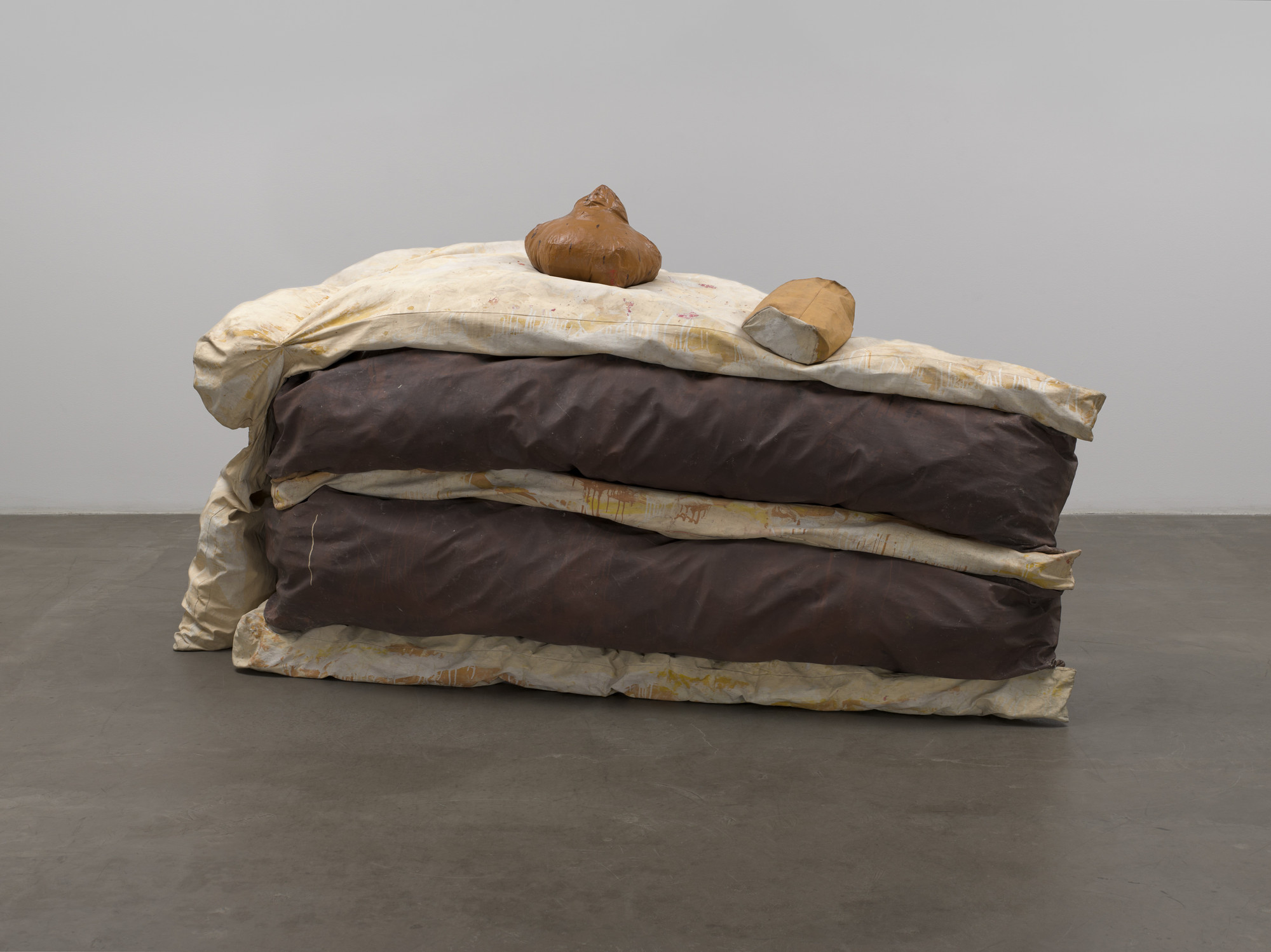The documentary “waste land” is about an artist Vik Muniz. He is considered a transformative artist. His goal with his art is to be able to change the lives of groups of people with material they use everyday. He did this by drawing the faces of the son and daughter of plantation workers made out of sugar. He believed that material was very important there for in this piece the sugar symbolized the sweetness of the children.
In the documentary he travels to a town in Brazil called, Jardim Gramacho. Here in the beginning he is not well aware of exactly how his piece is gonna turn out he’s just aware of the medium/ material that he wants to use. The material he chooses is trash from the landfills. Here is where we see the first answer to the question “ does art change people?”. While working on the art he befriends some of the workers from the landfill. He begins to learn about their lives and how they ended up working picking up recyclables as well as what their ambitions in life are. This answers the question because it is the artist who begins to change first. We can see this in minute 9:45 where he’s talking about the “pickers” with preconceived notions saying that “these are probably the roughest kind of people… most are drug addicts etc.” By the end of the documentary he admits that the people/subjects of the art work changed him. He uses the people he spoke to as his muses takes pictures of them and had those same people help him create enormous versions of those pictures made out of the recyclables they were collecting. The way in which the art changed the “pickers” was that when they started working on the piece they no longer wanted to go back to the landfill, many realize they had settled for this job and they weren't really “happy”, but that they wanted more for themselves. The change is also indicated in the end of the film when each of them creates libraries, centers, restaurants amongst other things with the proceeds, however they end up being proud of having worked at the landfills and now have the will to change. Vick at the of the film says that he also changed in the sense that he sees things in a simpler way and with less material ambition. And that all this was a result of the people he met who inspired him. This all contributes to why social practice in art is just as an important medium as the material itself.







